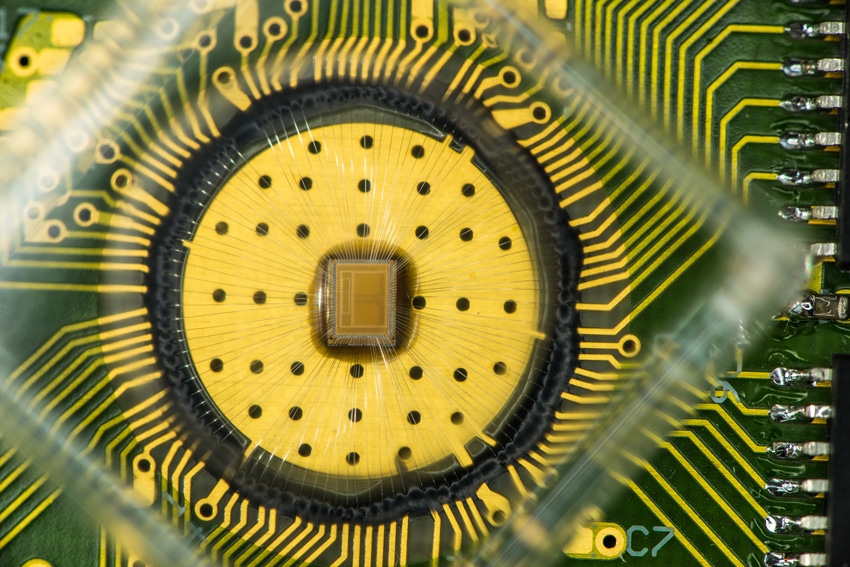Today at the IEEE International Memory Workshop in Paris, IBM Research announced that its scientists have made a breakthrough in phase-change memory (PCM). This relatively new memory technology (in the sense of how it is being used) holds much promise. However, this was the first time scientists were able to store 3 bits of data per cell reliably using PCM. This memory breakthrough could potentially provide fast and easy storage that would be especially beneficial to mobile and the Internet of Things (IoT).
Today at the IEEE International Memory Workshop in Paris, IBM Research announced that its scientists have made a breakthrough in phase-change memory (PCM). This relatively new memory technology (in the sense of how it is being used) holds much promise. However, this was the first time scientists were able to store 3 bits of data per cell reliably using PCM. This memory breakthrough could potentially provide fast and easy storage that would be especially beneficial to mobile and the Internet of Things (IoT).
In recent years there have been several advancements and future advancements announced around next-gen technologies such as Xpoint. Phase-change memory isn’t exactly a new technology (it can be traced back to the 1960’s) but the ability to effectively use it has been making waves in recent years. PCM has several benefits from its combination of read/write speed, endurance, non-volatility and density. PCM doesn’t lose data when powered off and can endure at least 10 million write cycles, putting it at an advantage over DRAM and existing flash. The use cases for PCM could be a extremely fast tier of hybrid storage, a fast cache that can hold, say mobile device’s entire OS for fast booting, and placing entire databases on PCM storage for ultra fast query processing for time-critical online applications.
PCM has two stable states, amorphous and crystalline. These states use low (amorphous) and high (crystalline) electrical current to write data and low voltage to read the data back, like a rewritable Blu-Ray disk. In the past scientists have been able to store 1 bit per cell in PCM. Now IBM Research Scientists are presenting successfully storing 3 bits per cell in a 64k-cell array at elevated temperatures and after 1 million endurance cycles. In order to achieve this multi-bit storage, IBM scientists developed two innovative enabling technologies: a set of drift-immune cell-state metrics and drift-tolerant coding and detection schemes.
From IBM:
[T]he new cell-state metrics measure a physical property of the PCM cell that remains stable over time, and are thus insensitive to drift, which affects the stability of the cell’s electrical conductivity with time. To provide additional robustness of the stored data in a cell over ambient temperature fluctuations a novel coding and detection scheme is employed. This scheme adaptively modifies the level thresholds that are used to detect the cell’s stored data so that they follow variations due to temperature change. As a result, the cell state can be read reliably over long time periods after the memory is programmed, thus offering non-volatility.
PCM used in the above fashion is yet another innovation of memory that has the potential to dramatically effect the industry moving forward. But one should keep in mind that this is a demonstration under lab conditions and is not yet ready for commercial production.
Sign up for the StorageReview newsletter

